(NLĐO) - Scientists have discovered one of the most remarkable tombs in the ancient Saqqara cemetery in Egypt.
According to Live Science, a research team from Switzerland and France has discovered the elaborately constructed tomb of a powerful figure in Egypt 4,100 years ago, known as "Tetinebefou".
Although the artifacts in the tomb were looted, archaeologists were still able to study the murals and hieroglyphs at the site.
The fascinating ancient texts helped them understand who Tetinebefou was: a pharaoh's physician, praised as "the summoner of the goddess Serqet".
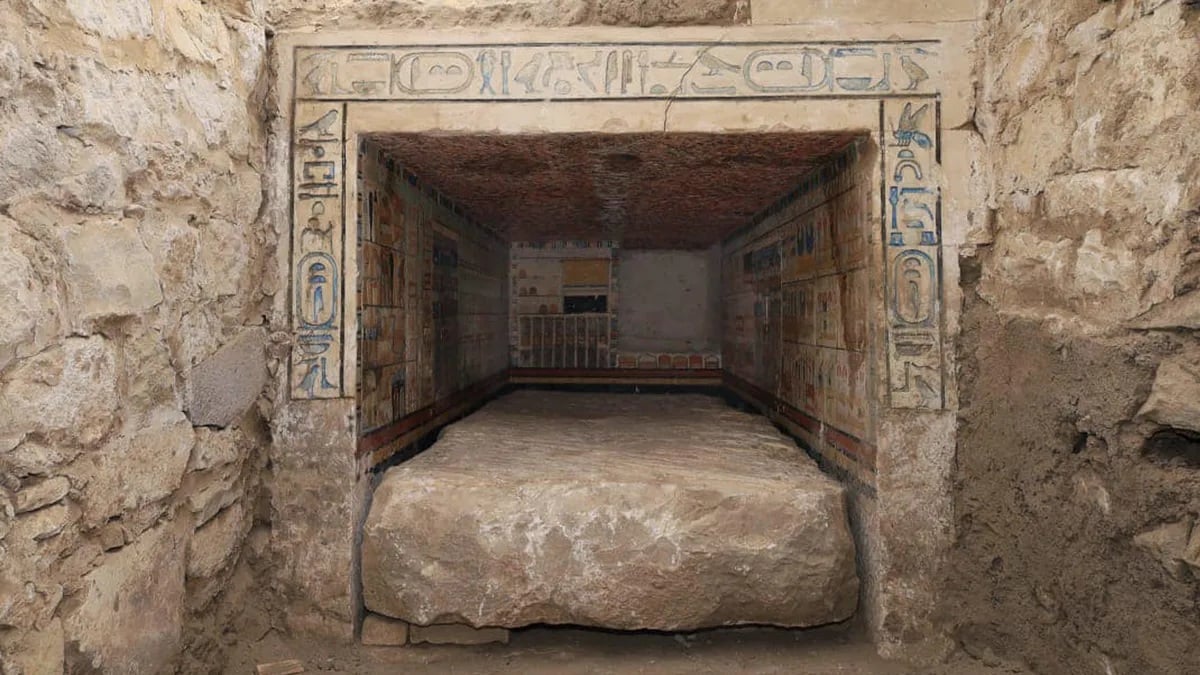
The elaborately decorated burial chamber of the "Egyptian miracle healer" - Photo: EGYPTIAN MINISTRY OF TOURISM AND ANTIQUES
In ancient Egyptian culture, the goddess Serqet was associated with scorpions and was believed to be able to protect against their stings.
Therefore, this ancient inscription suggests that Tetinebefou was an expert in treating animal venom, according to Egyptologist Philippe Collombert from the University of Geneva (Switzerland), the lead researcher.
Four hundred and forty years ago, with the most rudimentary medical practices available, this talent could have earned the doctor the revered title of miracle healer.
Other hieroglyphic inscriptions describe him as a leading expert on medicinal plants, while another indicates he was the chief dentist.
This is a very interesting finding because, according to the authors, evidence of dentists in ancient Egyptian civilization is extremely rare.
These accolades show that Tetinebefou is at the peak of his career.
"He was certainly the chief physician at the court, so he must have treated the pharaoh himself," said Dr. Collombert.
The tomb of Doctor Tetinebefou is adorned with colorful murals depicting various containers, such as jars and vase-like objects. They also display colorful abstract images and geometric shapes.
It is unclear which pharaohs the physician Tetinebefou served. These may have included Pepi II (reigned approximately 2246 to 2152 BC) or some pharaohs who reigned a little later.
Regardless, this ancient Egyptian physician clearly held a very high position during his time due to his talent, as evidenced by the opulence of his tomb, although it has been heavily damaged by grave robbers.
Sadly, grave robbers may have stolen the remains of the renowned doctor. The burial chamber is now almost entirely reduced to wall reliefs. Even so, these paintings and ancient inscriptions are treasures in themselves.
Source: https://nld.com.vn/chu-tuong-hinh-noi-mo-phan-4100-nam-tiet-lo-ve-than-y-ai-cap-1962501091154461.htm






![[Photo] Prime Minister Pham Minh Chinh presides over a meeting on private sector economic development.](/_next/image?url=https%3A%2F%2Fvphoto.vietnam.vn%2Fthumb%2F1200x675%2Fvietnam%2Fresource%2FIMAGE%2F2025%2F12%2F20%2F1766237501876_thiet-ke-chua-co-ten-40-png.webp&w=3840&q=75)





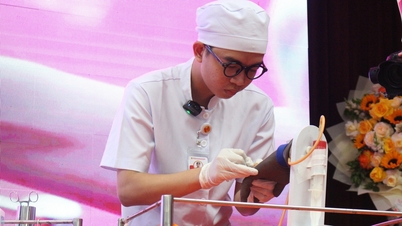




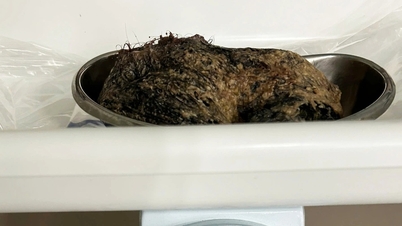
























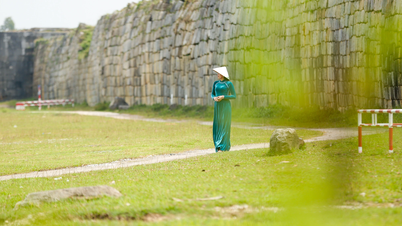


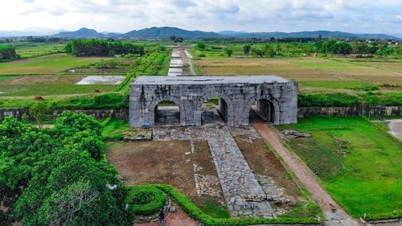
































































Comment (0)